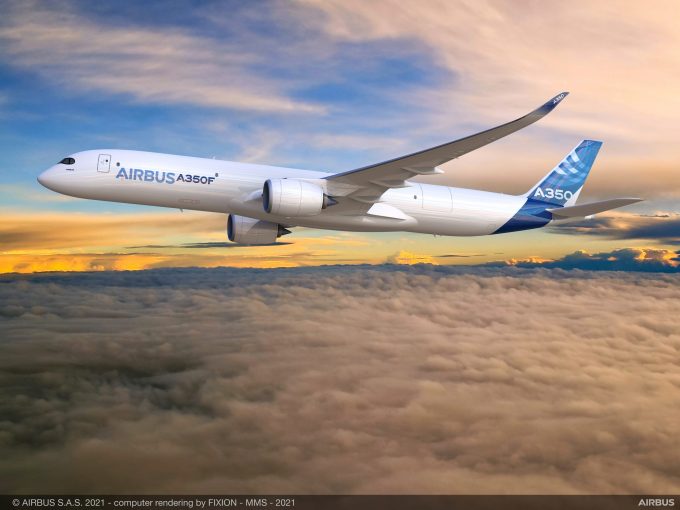CMA CGM Air Cargo eyes expansion with bid for Air Belgium
CMA CGM Air Cargo has swooped in to bid for Air Belgium, after a Dutch ...

With the first orders for the A350F in, the race is on between Boeing and Airbus for the next generation of widebody freighters.
Airbus, absent from the freighter world for some time, said the development of the new variant was a direct response to customer demand.
It revealed its first orders for the type at the Dubai Airshow last week after Air Lease Corporation (ALC) committed to seven A350Fs and, just days later, came a second order for four A350Fs from shipping ...
Asia-USEC shippers to lose 42% capacity in a surge of blanked sailings
USTR fees will lead to 'complete destabilisation' of container shipping alliances
Outlook for container shipping 'more uncertain now than at the onset of Covid'
New USTR port fees threaten shipping and global supply chains, says Cosco
Transpac container service closures mount
DHL Express suspends non-de minimis B2C parcels to US consumers
Zim ordered to pay Samsung $3.7m for 'wrongful' D&D charges
Flexport lawsuit an 'undifferentiated mass of gibberish', claims Freightmate
Uncertainty over US tariffs sparks interest in bonded warehouses for imports
Cancelled voyages take the sting out of spot rate declines this week
Shippers warned: don't under-value US exports to avoid tariffs – 'CBP will catch you'
Blanked sailings in response to falling demand 'just a stop-gap solution'

Comment on this article